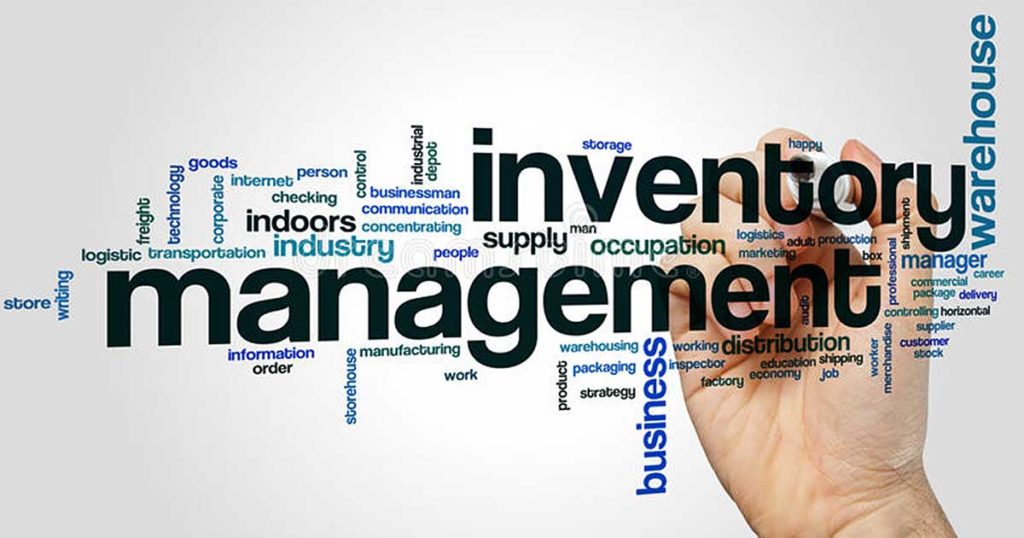Over the years, I’ve attended countless classes and seminars on everything ranging from merchandising and display to advertising and promotion. What never ceases to amaze me, however, is that some of the most valuable lessons I’ve learned about dive retailing did not come from any of these specialized programs.
Instead, it came during my freshman year in college during Mr. Johnson’s Business 101 course. Among the very first topics covered was that of opportunity cost — a concept that helps explain why inventory turnover is vital.
It’s difficult to be in this business without hearing about the importance of managing and controlling inventory.
- On the one hand, you can’t afford to lose sales because popular items are frequently out of stock. This much you already know.
- On the other hand, if you tie up too much money in inventory, it can come back to haunt you in numerous ways. The reasons why may not be as apparent.
In this article, we’ll give you some examples of what is meant by opportunity cost and how it relates to inventory control and turnover.
Three Widgets or Twelve?
Here is a very basic example of why holding excess inventory can cost you more than you realize.
- Let’s say that, during the next twelve months, you anticipate selling twelve Acme-Widget TurboExterminator BCs.
- You have two choices: You can order all twelve at once, and receive an additional two percent discount; or, you can order just a Small, Medium and Large, replacing them as they sell and receiving no discount.
- The normal dealer cost on TurboExterminators is $250. This means that by ordering twelve at once, you save $60.
- On the other hand, if you only order three to start with, you’ll have the use of $2,250 that will not be tied up in TurboExterminator inventory.
What could you do with that money?
- If you can find a CD or other investment that pays at least 2.6 percent, you can make the same $60 on that $2,250 that you would have had if it had not been tied up in TurboExterminator inventory.
- You could spend the $2,250 on advertising and promotion, and thus increase sales and profits.
- You could invest the $2,250 in additional inventory (other than BCs), and thus be able to make additional sales.
Any of these three choices represent the opportunity cost you may forego if you choose to tie all your money up in BC inventory.
Other Ways Excess Inventory Can Cost You Money
Just to mention a few:
- If you end up investing too heavily in this year’s inventory, part of it may be with you next year, when it is no longer worth as much.
- If too much of your working capital is tied up in unneeded inventory, it won’t be available to invest in newer products.
- Money tied up in slow-moving inventory is money that will not be readily available should business slow or other unforeseen events occur.
- Money tied up in the wrong merchandise can also be money that is not available to take advantage of special opportunities.
One retailer I know watches his inventory levels like a hawk. As a consequence, when one of his major suppliers offered him the opportunity to buy a closeout of 500 $50 items for $7.50 each, he was in a position to jump on it. It will likely take him several years to dispose of all 500 of these items — but, you know, with this7 kind of margin, who cares?
Things to Remember
Here are the key points:
- Stock what your sales history proves you absolutely must — but no more.
- Despite your best efforts to keep inventory levels under control, you will still end up with too many of some items; however, by erring on the side of caution, this may only be a problem — not a catastrophe.
- Don’t let personal preferences or wishful thinking cloud your judgment; go with the numbers.
A store owner recently related how, when he became involved in technical diving, he convinced himself that his favorite technical diving BC was what every one of his customers needed.
Fortunately, he paid enough attention to his sales figures to realize that, as much as he was in love with this BC, it wasn’t what most of his customers wanted. This helped save him from investing too heavily in the wrong item.
- Remember the three rules of inventory control: Turnover. Turnover. Turnover.
At this point, one thing should be readily apparent: You can’t effectively manage your inventory off the top of your head, or by “eyeballing” it. Modern Point of Sale (POS) software is essential. POS software not only helps you monitor inventory levels, but it also gives you hard data on which items are turning over at an adequate rate — and which aren’t.
As one successful dive retailer put it: “Lose control over your inventory, you lose control over your business. It’s that simple.”


